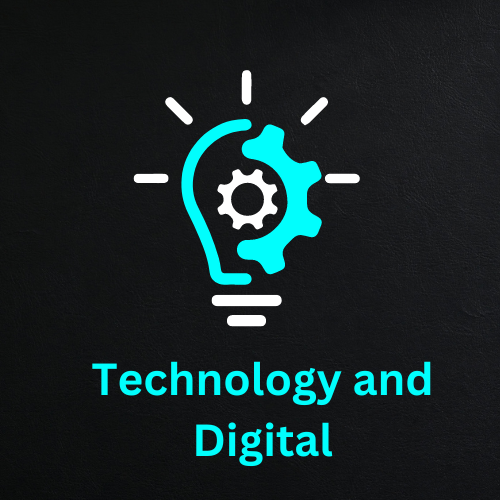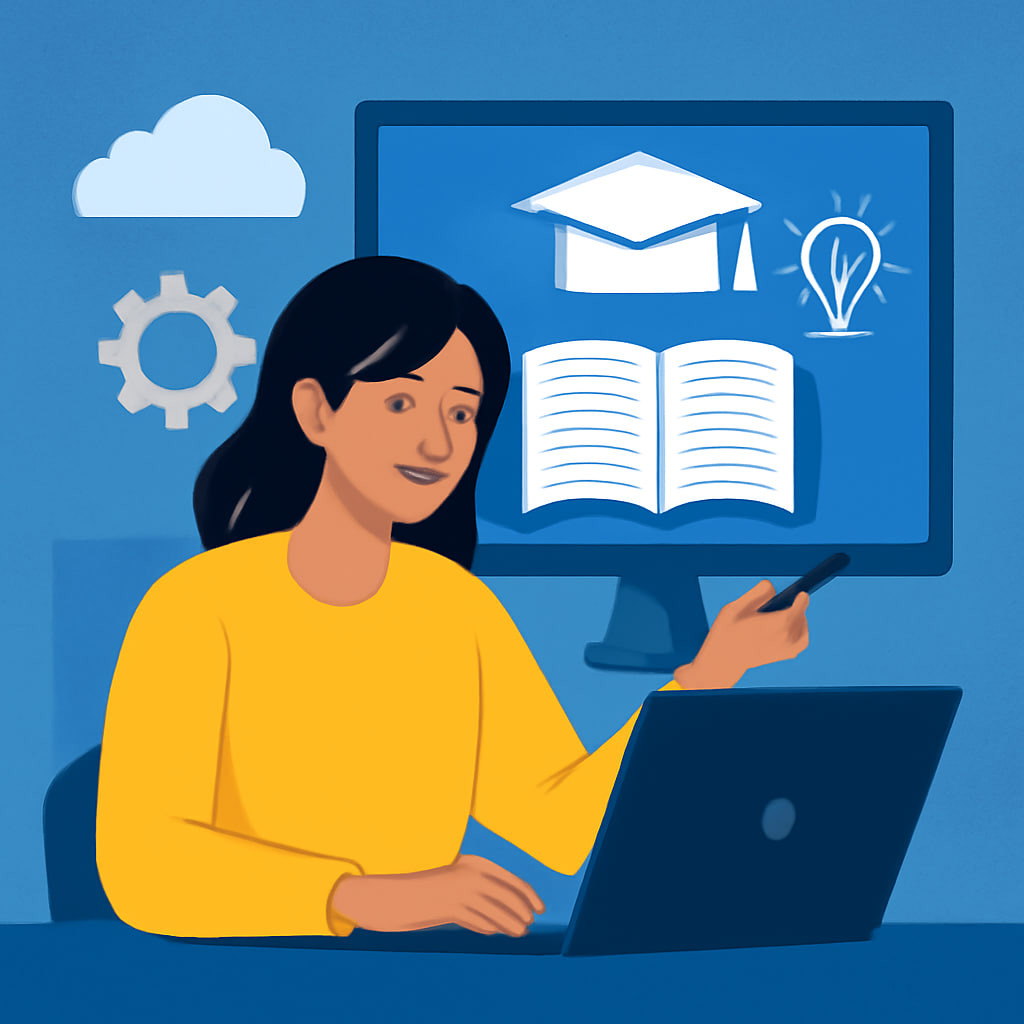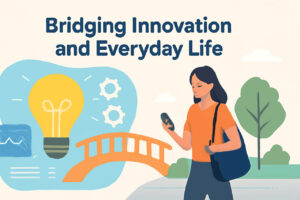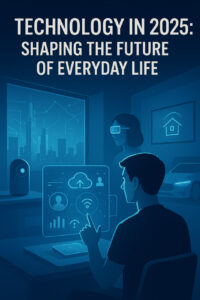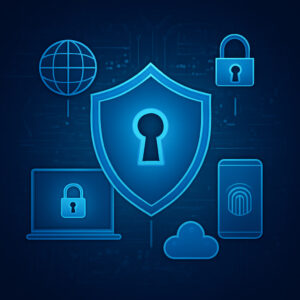The Role of IT in Education: Shaping the Future of Learning
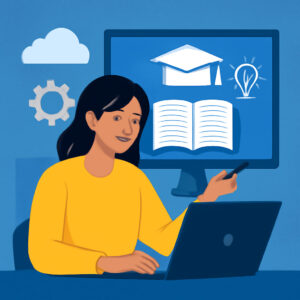
In a world where screens glow brighter than chalkboards and knowledge travels faster than light, Information Technology (IT) has become the beating heart of modern education. It is no longer just an accessory to learning — it is the very foundation on which the classrooms of the future are being built. The role of IT in education has evolved from optional to essential, transforming how learners absorb knowledge, how teachers teach, and how societies prepare for the digital future.
The Digital Revolution in Classrooms
Education has entered an era of digital transformation, driven by innovation and the power of connectivity. Traditional classrooms, once defined by rows of wooden desks and blackboards, have given way to digital ecosystems filled with interactive smart boards, virtual classrooms, and cloud-based learning platforms. These technologies have turned static lessons into dynamic experiences where students engage, explore, and collaborate in real time.
In 2025, many institutions have adopted hybrid learning environments that merge the physical and virtual worlds. Students can attend lectures from across the globe, participate in discussions using AI-driven tools, and access unlimited learning resources online. This transformation not only enhances accessibility but also nurtures creativity and independent thinking — qualities essential for thriving in an ever-evolving digital economy.
Practical Insight for Educators
For teachers and administrators, the key lies in adaptation. Start with a blended model — integrate simple tools like Google Classroom or Microsoft Teams before expanding into AI-assisted learning systems. The goal is not to replace human educators but to empower them, giving them new ways to inspire curiosity and monitor progress effectively.
Bridging the Education Gap with IT
One of the most profound impacts of IT in education is its ability to bridge the gap between privilege and access. In the past, learning opportunities were often limited by geography, resources, or economic status. Today, the internet and digital platforms are leveling the playing field.
Online education platforms like Coursera, Khan Academy, and edX have opened doors for millions of learners who once had no access to quality education. Students in remote areas can now earn certifications from leading universities, while schools in developing countries can access cloud-based curriculums tailored to their local needs. IT, in essence, has democratized knowledge — making education not a privilege, but a right.
According to UNESCO reports, global e-learning investments are projected to surpass $400 billion by 2025, highlighting a shift toward lifelong, flexible learning. This shows not just the scale of adoption, but also the deep trust the world now places in technology as an enabler of opportunity.
Tip for Students
Start small but stay consistent. Build daily habits of digital learning — watch tutorials, attend webinars, and engage in online forums. In this digital age, the learner who adapts is the learner who thrives.
The Rise of AI and Personalized Learning
Artificial Intelligence (AI) has brought a new dimension to education, allowing learning experiences to be tailored uniquely to each student’s pace and preference. From AI tutors that provide instant feedback to adaptive learning systems that analyze performance data, technology has made education more personal than ever before.
Imagine a classroom where each learner receives a customized study plan, where weak areas are identified instantly, and where students are guided by virtual mentors available 24/7. That is no longer a dream — it is reality in many advanced educational systems. Platforms like Duolingo and DreamBox already use AI algorithms to adjust the difficulty of lessons in real time, creating a truly responsive learning journey.
This evolution doesn’t just improve academic performance; it nurtures confidence, reduces dropout rates, and supports inclusivity by recognizing different learning styles. IT ensures that no student feels invisible or left behind.
Challenges on the Road to Digital Learning
Despite its brilliance, the integration of IT into education comes with challenges. Not every student has access to reliable internet or digital devices, creating what experts call the digital divide. Moreover, excessive screen time and lack of physical interaction may impact social development in younger learners.
Cybersecurity is another concern. As schools move online, protecting sensitive student data from cyber threats becomes crucial. In 2025, more institutions are investing in cloud security and data encryption technologies to ensure privacy and compliance.
Practical Tip for Institutions
Invest in digital literacy programs. Training teachers and students to use technology responsibly is as important as providing the technology itself. Introduce modules on cybersecurity awareness, digital ethics, and online collaboration — building a safer and more empowered digital generation.
IT and the Future of Collaborative Learning
Collaboration lies at the core of modern education, and IT has made it boundless. Through online platforms, students can co-create projects, share ideas across continents, and experience cultural diversity like never before. Virtual Reality (VR) and Augmented Reality (AR) are now being used to simulate real-world scenarios — from exploring ancient civilizations to conducting complex scientific experiments — all from the comfort of a classroom.
This level of interactivity makes learning not only informative but deeply engaging. It transforms students from passive receivers of knowledge into active creators of it. Education becomes not something one “goes through,” but something one “experiences.”
The Emotional Impact: Reimagining the Purpose of Learning
At its heart, IT is not just about technology — it is about connection. It connects minds, dreams, and possibilities. It gives every learner, regardless of circumstance, the power to shape their own destiny. The glow of a tablet screen at midnight, the joy of understanding a complex concept through a virtual lab, the pride of completing an online course — these are small moments that define the future of learning.
In every click, every search, every shared document, IT whispers a message: education is evolving, and so are we.
Conclusion: Building a Smarter Tomorrow
The role of IT in education extends beyond hardware and software — it symbolizes hope, progress, and possibility. It is the bridge that carries humanity from the age of textbooks to the age of transformation. As the world steps deeper into the digital era, the fusion of technology and education will continue to reshape societies, create opportunities, and nurture global citizens equipped for the challenges ahead.
Education powered by IT is not just about learning — it is about awakening the human potential that lies within every curious mind.
Call to Action
What are your thoughts on how IT is shaping education today? Has technology improved your learning journey or that of someone you know? Share your experiences below and join the conversation — because the future of learning is built by the voices that dare to dream.
